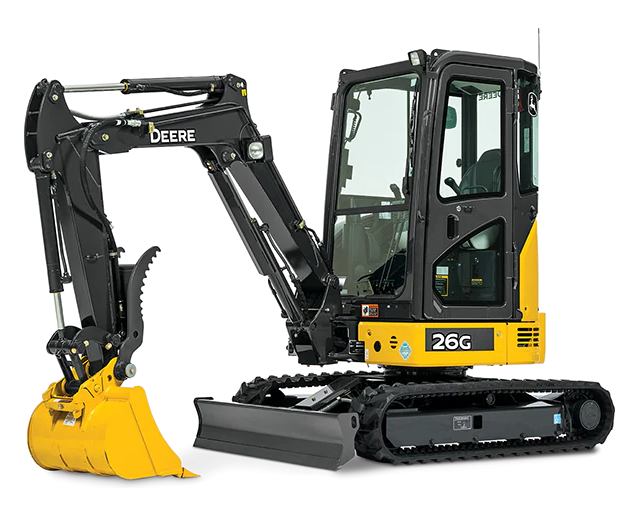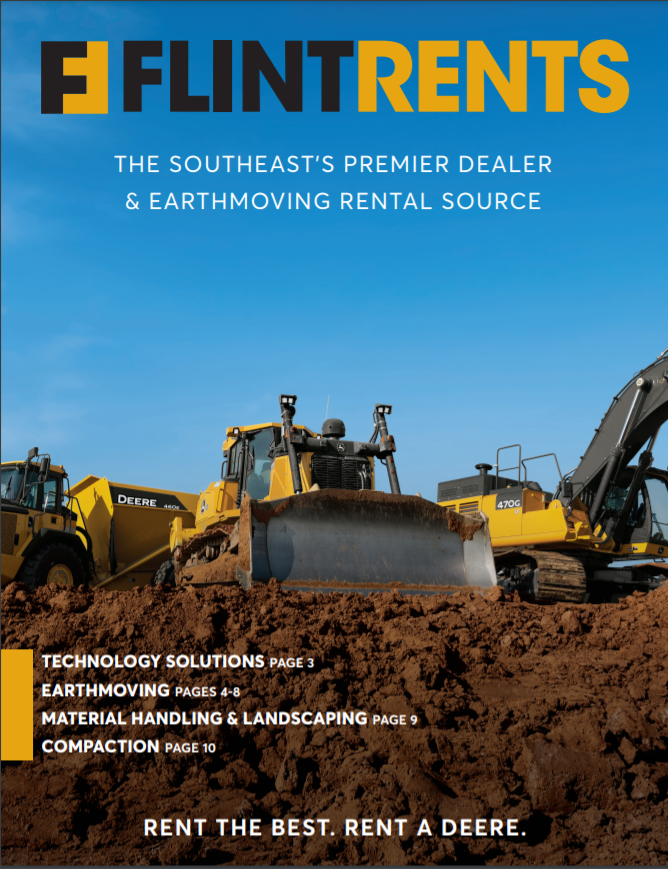Optimize Your Budget by Understanding the Prices Connected With Construction Tools Leasings
Recognizing the full scope of expenses connected with building and construction equipment leasings is critical for maximizing your budget. What techniques can be utilized to properly take care of these costs and ensure a more effective rental experience?
Introduction of Rental Costs
When thinking about construction devices rentals, comprehending the associated expenses is paramount for reliable budgeting and project preparation. Rental costs can vary significantly based on numerous aspects, including equipment kind, duration of service, and location. The first rental fee usually shows the tools's market demand and its connected operational capacities, influencing the total expenditure.
In enhancement to the base rental rate, secondary expenses may emerge, such as transport charges, gas additional charges, and maintenance fees. It is vital to account for these extra expenditures to precisely examine the complete price of renting out equipment. Additionally, the rental period can affect prices; longer leasings might certify for affordable rates, while short-term rentals might incur greater everyday costs.

Failure of Rental Rates
A detailed understanding of rental rates is important for contractors and task managers aiming to optimize their budgets. Rental prices for building and construction tools usually include several parts, consisting of base rates, time-based costs, and usage fees.
Base prices are the core fees associated with the service of the tools, usually figured out by the type and dimension of the machinery. These prices can differ considerably, influenced by variables such as devices demand, accessibility, and local market fads. Time-based fees, which may be daily, weekly, or monthly, offer to accommodate various task timelines and rental periods.
Furthermore, rental rates may consist of usage charges, which apply when devices is made use of beyond a defined threshold, guaranteeing that the rental firm can represent wear and tear. Seasonal demand variations can likewise influence rental prices, with peak building periods normally commanding higher rates.
Moreover, understanding the rental company's policies relating to maintenance and insurance coverage can provide further understanding right into the overall price structure. By examining these components, specialists can make informed decisions, making sure the option of rental equipment lines up with both job needs and budget restrictions.
Additional Fees to Consider
Comprehending the details of added costs is critical for service providers to handle their total service expenditures properly. Past the typical rental prices, different auxiliary costs can dramatically affect the overall expense of equipment rental. These costs usually consist of distribution and pickup charges, which can differ based upon range and logistics included in carrying the equipment to and from the job site.
In addition, some rental business may impose gas additional charges if the devices is returned with less gas than when leased. It is likewise vital to know potential cleansing charges, particularly for customized tools that needs comprehensive upkeep after use.

Thoroughly examining the rental agreement and making clear these additional costs upfront can help contractors ensure and prevent unanticipated costs that budget plans continue to be intact throughout the task lifecycle.
Upkeep and Fixing Costs
Routine upkeep and repair expenditures are commonly forgotten factors that can substantially influence the overall price of building tools rentals. When leasing tools, it is essential to think about not just the rental fees however likewise the possible costs related to maintaining the equipment in optimum operating condition.
Numerous rental business consist of standard upkeep as component of the rental agreement; however, much more considerable repairs or unexpected break downs can lead to additional expenses. It's necessary to examine the rental agreement very carefully to recognize what upkeep solutions are covered and what duties drop on the renter.
Additionally, equipment that is not well-maintained can result in ineffectiveness on duty site, potentially raising and creating hold-ups task expenses. To alleviate these dangers, it is recommended to conduct regular inspections and keep open interaction with the rental provider concerning any problems that occur during use.
Insurance Policy and Responsibility Expenses
Insurance coverage and liability expenses are crucial parts that can considerably affect the total cost of building and construction equipment rentals (equipment rental company). These expenses guarantee that both the rental company and the customer are protected from possible monetary losses arising from crashes, damage, or burglary during the rental duration

Furthermore, clients must recognize any kind of deductibles or exclusions in the insurance plan, as these can affect you can try these out prospective out-of-pocket expenses. Recognizing the terms and problems of any insurance protection is essential to avoid unforeseen expenses. Inevitably, budgeting for insurance and obligation costs can aid ensure a smoother rental experience and safeguard against economic risks associated with construction projects.
Final Thought
In conclusion, a comprehensive understanding of the prices connected with building equipment services is important for efficient budget plan management. Inevitably, notified decision-making regarding tools leasings adds to the general success of construction undertakings.
Rental expenses can differ substantially based on a number of factors, including tools type, duration of service, and place (heavy equipment rental). The rental period heavy brush cutter rental can influence prices; longer services may certify for discounted prices, while temporary leasings could incur greater day-to-day charges
By conducting complete study and engaging look at this now with trustworthy rental companies, service providers can efficiently browse the intricacies of rental rates, inevitably optimizing their economic sources.
Beyond the conventional rental prices, various supplemental costs can significantly affect the total expense of devices rental. Rental business usually provide obligation insurance policy that covers injuries to third parties or damage to residential or commercial property, while tools damage insurance can cover the expense of repair services or substitute if the leased equipment is damaged.